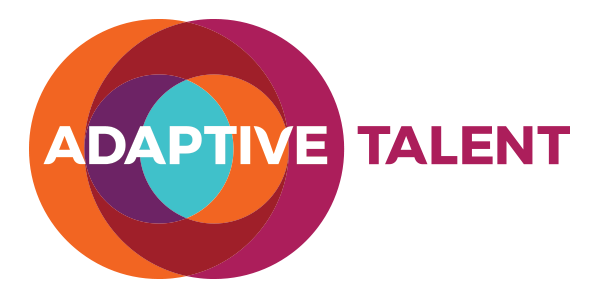The NY Times had a great article today on Wal-Mart’s corporate sustainability journey. It describes how then CEO H. Lee Scott Jr. went from fierce opponent to strong advocate. In the end he realizes that it is both a short term salve from fierce criticism but also a way to generate profit.
Sustainability is just one example of something that starts off looking like a threat and ends up, if properly acted upon, turning into a benefit. I think much of this has to do with two things: (1) business is faster and more complex than at any point in human history and (2) many CEOs and senior executives have not evolved their leadership styles to match today’s environment. The result is that companies struggle to execute, leaving little time for the kind of creative exploration of ideas that may produce the next big advantage.
If you’re a student of organizational development, you might have heard of someone named Peter Senge who coined the term “learning organization”. Senge describes how organizations can produce sustained competitive advantage by moving away from old-school command-and-control leadership techniques and adopting practices and attitudes that foster learning and creative destruction at all levels of the company. Organizations that nurture a culture of active learning will adapt better than simply surviving change. They pioneer new ways of thinking, interacting, and creating that, in turn, produce benefits to profits, products, and organizational reputation.
I thought the NY Times article was a great contrast between Senge’s ideas of an optimal learning organization and what often happens in today’s companies. Established processes, strategies, leadership techniques, and values that brought them success in the past can end up freezing perspectives and openness to new ideas. The CEO himself struggled to listen to outsiders and proactively explore new ideas and concepts that were a shift from their norm, and as a result had to be told by his Board to change behaviour. We call that an adaptive challenge meaning that new knowledge or skills is insufficient; you need to change how you are being and how you are thinking to adapt to new complexity or dynamics. It takes work and time, and having a coach can really help.
As Jack Welch realized at GE, sustained competitive advantage comes from empowering your employees to truly transform your business. That means the CEO needs to focus on cultivating leaders and a culture that breaks down boundaries, constantly absorbs new information, and balances the need to deliver the short term with the need to create new sources of value. Some will get adopted, others won’t, but the key is a mandate to always improve, to question, to challenge the status quo in a way that can be turned into a competitive advantage.
The globalized economy demands a shift in leadership and organizational culture regardless of your business type or sector. When President Obama said in his inauguration address, “the ground has shifted beneath us” he was calling on government leaders to look at a broader picture and work collaboratively to make progress faster. The same citizens who demanded a new approach to government look for progressive organizations that balance innovation with results. Google’s commitment to allocate 20% of an engineer’s time for pure R&D has been a fantastic recruiting tool and, judging by their level of innovation and customer satisfaction, a huge competitive advantage.
I hope this has been helpful and of course the Adaptive Talent team would welcome the opportunity to help you and your team improve your results and adaptability via our culture and organizational development consulting, communications and coaching / mentoring training, total rewards consulting, assessments, leadership coaching and development programs and retained search to help you land high impact talent.

